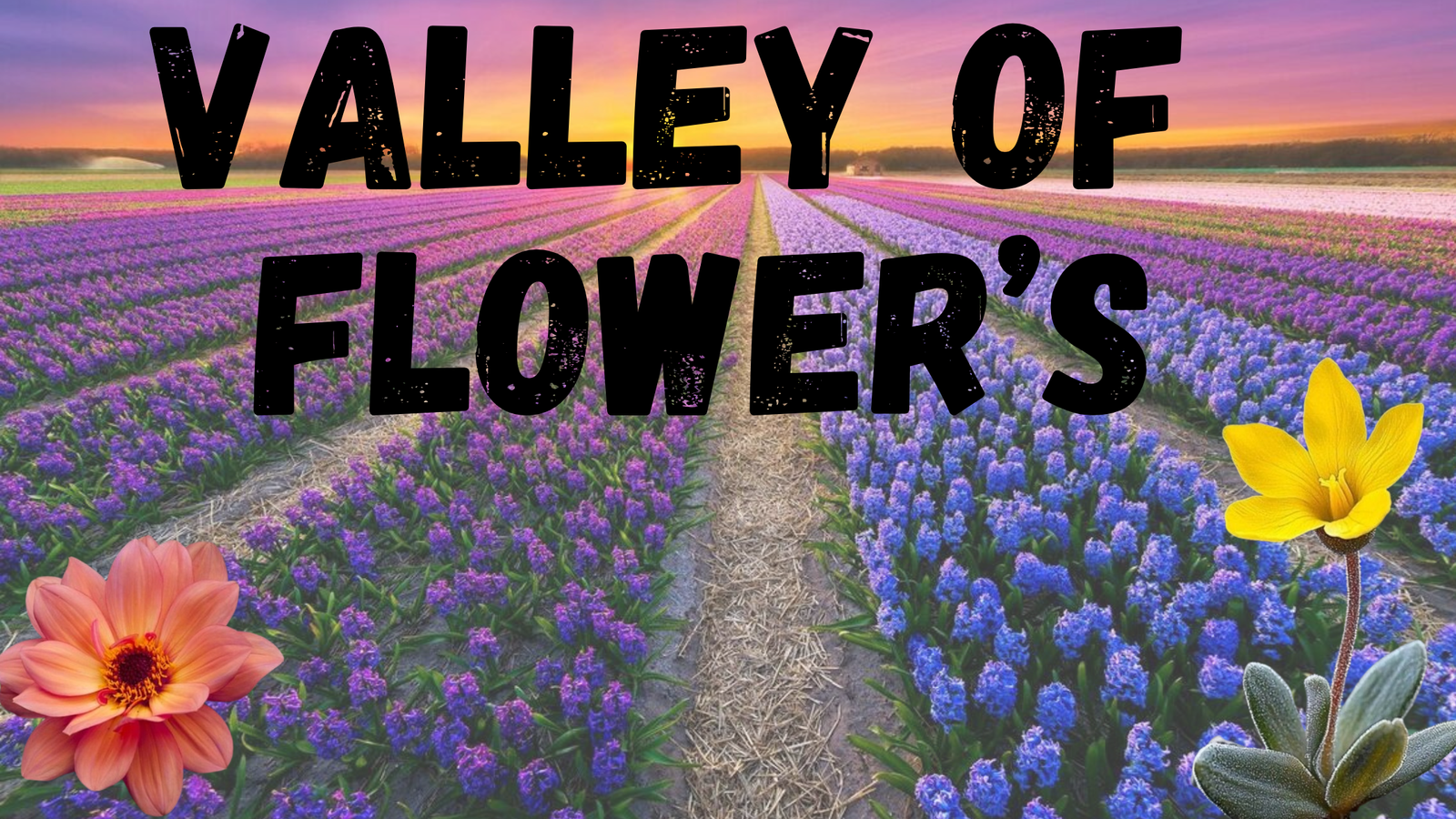The Valley of Flowers National Park is named after a valley of flowers, known in English as the Valley of Flowers. It is located in the Garhwal region of Uttarakhand state in India. This Valley of Flowers is part of the Nanda Devi Sanctuary and Nanda Devi National Park, a World Heritage Site declared by UNESCO in 1982. The Himalayan region is also known as the Pindar Valley.

Legend has it that Hanuman visited this valley during the Ramayana era in search of the Sanjeevani herb. The valley was first discovered by British mountaineer Frank S. Smith and his companion R.L. Holdsworth, who stumbled upon it in 1931 while returning from their expedition to Mount Kamet. Impressed by its breathtaking beauty, Smith returned to the valley in 1937 and published a book titled “Valley of Flowers” in 1938. Surrounded by snow-capped mountains and adorned with over 500 species of flowers, this region has become a world-renowned destination for horticultural experts and flower enthusiasts.
The best season for travel
The months of July, August, and September are considered the best time to visit the Valley of Flowers. The Brahma Kamal flowers bloom in September.



transportation
To reach the Valley of Flowers, the last bus stop in the Chamoli district is Govindghat, located 275 km away. Govindghat is 19 km from Joshimath. From there, it’s approximately 13 km to the entrance of the valley, where tourists can explore the Valley of Flowers, which is 3 km long and half a kilometer wide.

Flower species found
The valley is generally snow-covered from November to May. During July and August, the petals of alpine herbs display vibrant colors. Commonly found flowering plants here include anemone, geranium, marsh marigold, calendula, primula, potentilla, geum, aster, lily, Himalayan blue poppy, aconite, delphinium, ranunculus, corydalis, inula, saussurea, campanula, pedicularis, morina, impatiens, bistorta, ligularia, anaphalis, saxifraga, lobelia, thermopsis, trollius, aquilegia, codonopsis, dactylorhiza, cypripedium, strawberry, and rhododendron, among others.




















+ There are no comments
Add yours